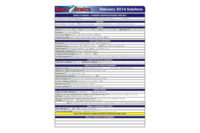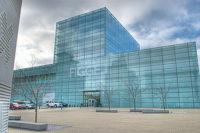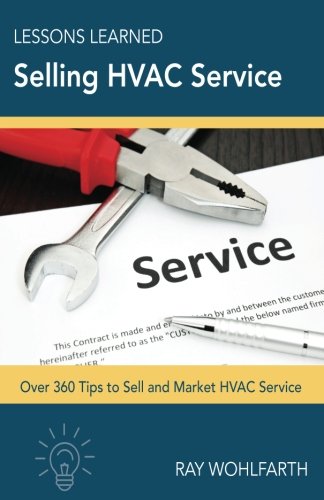Each issue of ES sports a theme, but occasionally a theme beneath a theme evolves from the separate articles and columns. I like when that happens. This month, you might notice the struggle to get past certain O&M and design habits. Sure, they used to be state-of-the-art or at least reasonable, once upon a time. Decades later, however, technology or increased risks have made them anachronistic choices, and yet they keep a toehold in modern practices due to sheer habit or laziness (or both).
LIKE WHAT?
Today, when we talk about tagging in our office, we’re talking about the labels to assign news items for posting online, so readers can find them easily when they run searches for certain subject matter. One hundred years ago, tagging in the mechanical engineering world involved putting physical tags around valves or pipes or other equipment so facility staff could identify what was what. Now, of course, you can put bar codes on all that stuff, so not only is it identifiable there in the room, but the info is easier to incorporate into a modern system of keeping track of assets and maintenance needs.
But how often does that actually happen? Exactly. Howard McKew mentions that despite a slight increase in technology at an increasingly affordable price, it is still fairly common to see equipment labeled the same way your grandfather’s father would’ve done it.
THE WEAKEST LINK
Want another one? Vincent Sakraida writes an eye-opening feature on system reliability this month, and its artwork has that “a chain is only as strong as …” theme. But the concept also applies every bit as much to BAS security, and that’s what Paul Ehrlich looks at in his column.
You can have the latest remote monitoring, the latest trend analysis, and an institutional commitment to providing properly trained staff to make the most of it. But if, say, your system password is written on a sticky note affixed to the side of the monitor for convenience and is accessible or in sight for certain interested parties, all those good intentions won’t get you far compared to the mess an unauthorized user could create in your BAS. Seems sort of like leaving your car running while you go to the movies.
GETTING PERSONAL
And that’s just your corporate or facility computer security. Let us pause and reflect on all the time, money, and/or hassle we’ve spent on personal software and protection for our own devices — not even getting into the extra frustration of actually addressing a problem. What kind of tax on our productivity, finances, and blood pressure has been levied on us because of people who have the simple goal of creating problems and damage?
My brother recently sent me an article about a hacker who stole the personal info of about 120,000 iPad owners. He got 41 months in jail, which naturally is not exactly a vacation but also not enough to grab the attention of the next generation of would-be hackers. I think part of the problem is that in the eyes of the law, the crimes were accessing the servers and using someone’s ID to gain that access. In other words, the victim is technically AT&T, not the 120,000 iPad owners. If we started to tie sentencing for these acts more directly to the number of people affected (say, a month in jail for each person’s data accessed), that creates some accountability for the real inconvenience or harm caused, don’t you think?
But until the law enforcement community starts calling me for pearls of wisdom, let’s start by not inviting any extra trouble. And maybe looking into the benefits of a bar code reader. ES








